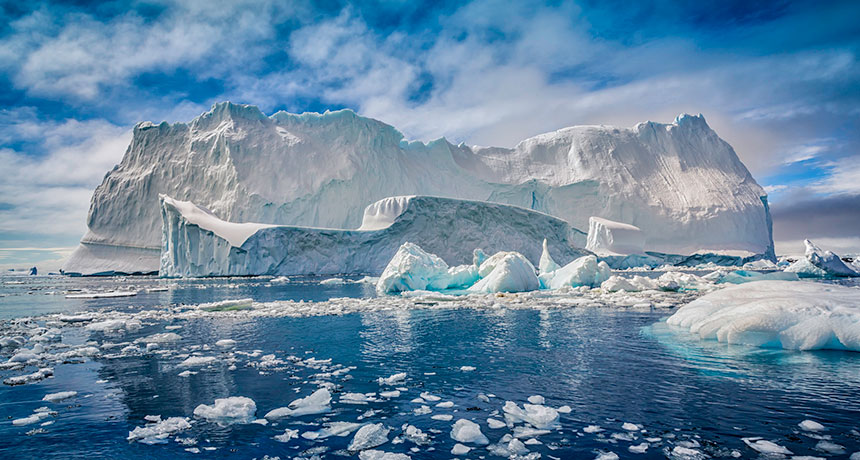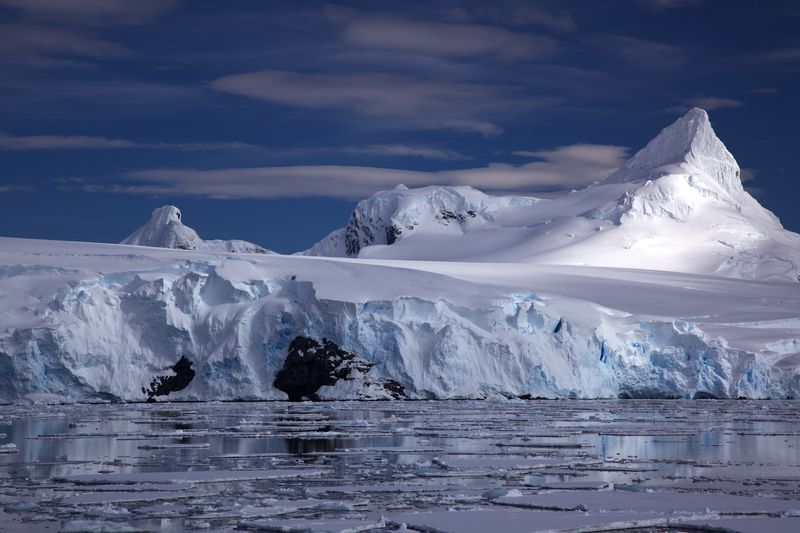
Scientists Fear Unpredictable Sea Ice Conditions Might Leave Antarctic Ships In Danger
Both North and South Poles have been in news for a couple of years for the unprecedented and unpredictable changes that are shocking the scientists. The recent split off of one of the largest iceberg has raised some serious concerns about the climate change.
Now, after a while, the experts from 12 countries across the world are meeting in the Australian city of Hobart this week to discuss ways to improve navigational services as sea ice conditions become more unpredictable in Antarctic. Held at the University of Tasmania’s Institute for Marine and Antarctic Studies, the International Ice Charting Working Group is attempting to develop best practices for the growing amount of ship traffic altogether.

Jan Lieser from the Antarctic Climate and Ecosystems CRC has been quoted saying, “Unpredictable sea ice conditions have created all sorts of headaches for scientific and resupply operations in Antarctica, and there is a clear need for more reliable charting and forecasting methods.”
He added, “Three years ago, we had a massive increase in sea ice extent to unprecedented levels never seen before. This month we are seeing record low maximums extent around Antarctica.”
As of now, the lowest recorded minimum sea ice extent was observed on March 1, 2017, at 2.075 million square kilometers. Six months to that, the lowest recorded maximum extent of 18.013 million square kilometers occurred on Sept. 12.

Taling about the same, Lieser said, “It appears that both the summertime minimum and the wintertime maximum sea ice extent around Antarctica have set new record lows.”
With referring to the ongoing happenings at the Antarctic, as the rapid change in ice is occurring, the number of commercial ships has been increasing. Around 50 cruise vessels carried more than 35,000 passengers to the frozen continent during last year.